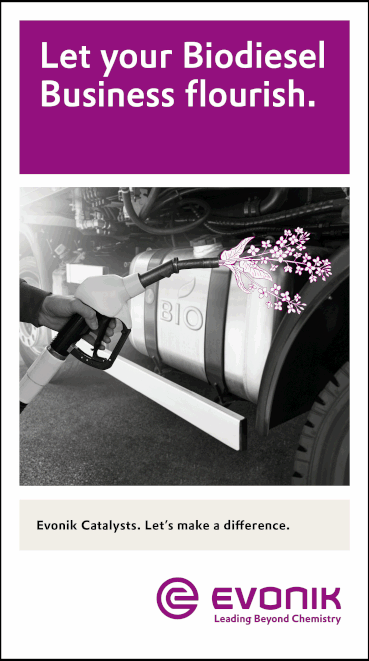Solarig to develop 20 mgy sustainable aviation fuel plant in Spain
- Solarig
- Apr 5, 2024
- 3 min read

In a ceremony held with the regional government of Castilla y León, Spain, Solarig announced April 3 the development in Soria of what it is calling “one of the most innovative sustainable aviation fuel (SAF) plants in the world,” in Parque Empresarial del Medio Ambiente located in the municipality of Garray.
Dubbed “the Numantia SAF project,” the plant will have a production capacity of 60,000 metric tons per year of SAF, or approximately 20 million gallons per year, equivalent to more than 12,000 Madrid-Mallorca flights.
The construction phase is expected to start in 2026 and the commissioning and operation in 2028.

With an estimated investment of 780 million euros (USD$842 million), this facility will incorporate fully dedicated renewable assets such as a 370-megawatt (MW) peak solar photovoltaic plant, a 50-MW wind farm, as well as battery storage with a 100-MW-hours capacity.
Numantia SAF will boost the local economy with the creation of more than 1,000 direct and indirect skilled jobs—870 during the construction phase and more than 140 in the operation and maintenance phase, according to Solarig—fostering local development and the use of existing infrastructures.
The agreement reached between Solarig and Sociedad Pública de Infraestructuras y Medio Ambiente de Castilla y León includes the acquisition of 116,000 square meters within Parque Empresarial del Medio Ambiente, where the plant will be located.
Miguel Ángel Calleja, president and CEO of Solarig, highlighted that this new facility allows Spain to keep the leadership as a worldwide reference in the sustainable fuels sector.
“A few months ago, Solarig launched the development of a biomethane strategy in Castilla y León, and today Solarig is announcing a pioneering project in the world with a fully circular approach,” Calleja said. “It involves the use and recovery of biogas produced from our agricultural and livestock waste together with renewable resources—water, wind and sun. By combining these local resources with the latest technology, Solarig will be able to join the sustainable fuel economy that is now emerging. I firmly believe that this initiative will allow us to retain enormous added value at the local level, generate quality jobs and boost economic growth in Castilla y León.”
Meanwhile, Alfonso Fernández Mañueco, president of the regional government of Castilla y León, stated that “Solarig’s commitment to Soria highlights its potential as an investment destination and a source of quality employment, and the province is set to be an example of sustainable economic growth. This project, which has been presented today, responds to the regional government’s objective of harnessing the region’s energy potential and turning it into a source of wealth and employment, and is aligned with sustainable progress, the circular economy, respect for the environment and the energy transition towards decarbonization.”
The plant will combine in the same facility two paths for the production of SAF.
Firstly, the gas-to-liquid (GtL) path consists of reforming biomethane obtained from the valorization of local agricultural and livestock waste.
Secondly, the power-to-liquid (PtL) path that combines biogenic CO2 with renewable hydrogen.
All the processes involved in the plant will be powered by renewable energy.
Solarig said the project is committed to the decarbonization of the transport sector through the capture and utilization of 140,000 tons of CO2 per year, and the reduction of 170,000 tons of CO2 per year.
“The SAF is a key element to decarbonize the aviation sector, responsible for 14 percent of global CO2 emissions attributable to the transport sector,” Solarig stated.
The European Commission has launched programs such as ReFuelEU aviation within the Fit for 55 framework, setting of mandates for minimum SAF uplift at EU airports from 2025 to 2050.
Solarig has also reached an agreement with Sociedad Pública de Infraestructuras y Medio Ambiente de Castilla y León to move its new regional corporate headquarters in Soria to one of the “Cúpulas de la Energía” in Parque Empresarial del Medio Ambiente, once the works are completed in 2025.
Solarig’s new office will have more than 2,000 square meters located in a business complex linked to new technologies and sustainable development.
Solarig develops, finances, builds and operates infrastructure for the energy transition.
It currently manages more than 10 gigawatts (GW) of photovoltaic assets and has a portfolio of more than 20 GW of power projects in 12 countries.
Headquartered in Madrid, Spain, it has a strong presence in Europe, Central and South America, Japan and Australia.


































